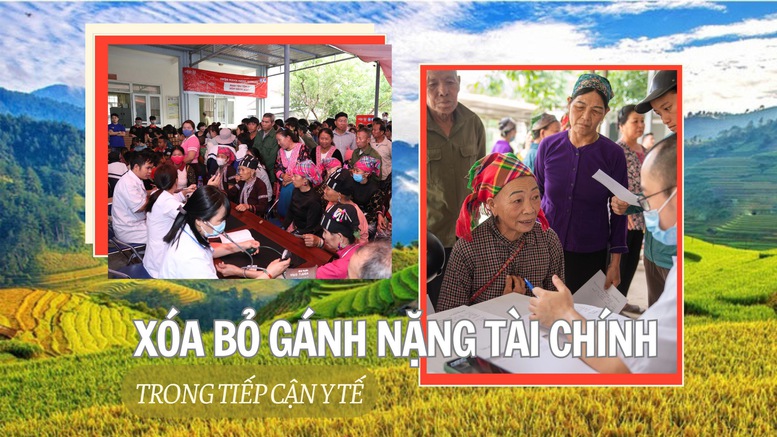
Free hospitalisation is not only a policy, but also a commitment to a prosperous and happy future for the people.
Eliminate the "lowlands" in health care
In the period of 2021-2025, according to Decision No. 861/QD-TTg dated June 4, 2021 of the Prime Minister, ethnic minority and mountainous areas include 3,434 communes in 51 provinces and cities. This is identified as the area with the most difficult socio -economic conditions in the country, focusing on 1,551 communes in region III.
One of the basic shortages in the "core poor" areas is the health care conditions for the people. Before the issuance of Decision No. 861/QD-TTg, in Document No. 473/TTr-CP dated October 11, 2019 approving the Overall Project for Socio-Economic Development in Ethnic Minority and Mountainous Areas, and Areas of Special Difficulty, the Government assessed that the level of access to health services in these areas still had many difficulties.
"The rate of health insurance cards is high, but the rate of medical examination and treatment is still low; the rate of pregnant women receiving regular check-ups is only 71%; the rate of home births is 36.3%, and malnourished children is 32%," Government Document No. 473/TTr-CP clearly stated the current situation.
From 2021 to present, along with other programs and projects, the National Target Program on Socio-Economic Development of Ethnic Minority and Mountainous Areas for the 2021-2030 period; Phase I: 2021-2025 approved in Decision No. 1719/QD-TTg (National Target Program 1719) has many policy contents to take care of the health of ethnic minorities under Project 7, Project 8 and Project 9. With concentrated resources and efforts of the entire political system, the field of health and health care for people is one of the 9 target groups of National Target Program 1719 Phase I expected to achieve and exceed.
According to Report No. 169/BC-BDTTG dated March 30, 2025 of the Ministry of Ethnic Minorities and Religions, it is expected that by the end of 2025, the rate of pregnant women receiving regular check-ups will reach 90.4% (the target is over 80%); the rate of women giving birth at medical facilities or with the support of medical staff will reach 99.7% (the target is over 80%); the rate of underweight children under 5 years old will decrease to 11.1% (the target is under 15%).

Ethnic minorities are still worried about hospital fees if they get sick or ill.
The above indicators are only basic, urgent, regular and long-term issues in the goal of health care for ethnic minorities. In reality, every day, a part of ethnic minorities in remote, isolated and extremely disadvantaged areas, especially the elderly, people with underlying medical conditions and families living in areas at risk of natural disasters, are still worried about hospital fees if they are unlucky enough to fall ill or get sick.
According to the National Population Data, the country currently has about 16.1 million elderly people, accounting for over 16% of the population. Of these, about 10.3 million elderly people live in rural areas (accounting for 64%); ethnic minority elderly people account for about 10%.
A study by the Department of Social Protection (Ministry of Health) shows worrying indicators. Accordingly, 67.2% of the elderly have poor and very poor health; about 95% of the elderly have illnesses, mainly non-communicable chronic diseases, on average 1 elderly Vietnamese person has 3 illnesses; more than 70% of the elderly have financial difficulties.
In addition, according to the synthesis of reports from localities, the whole country currently has about 250,000 households living in areas at risk of natural disasters, mainly in mountainous areas. When natural disasters occur, especially flash floods, landslides, etc., casualties are inevitable. Despite the timely visitation and support of authorities at all levels and benefactors, for those injured by natural disasters, the cost of treatment is an extremely heavy burden, because in reality, most families living in areas at risk of natural disasters have very difficult economic conditions.

For ethnic minorities, exempting hospital fees will be a humane and practical "assistance" on the journey to economic development and sustainable poverty escape - Photo: VGP
Leave no one behind
According to the Ministry of Health, the free hospital policy will reduce inequities in access to health services, especially for people in remote areas and vulnerable groups such as the elderly and people with disabilities. These groups will be given priority in providing health services, thereby creating opportunities to reduce the gap in quality of life between social classes.
At the regular Government press conference on the afternoon of May 6, Deputy Minister of Health Tran Van Thuan affirmed that one of the goals of this policy is to reduce the out-of-pocket payment rate of people to below 20%, while reducing the co-payment rate in health insurance to below 10%. This will help people, especially the poor and low-income people, reduce the burden of medical costs and avoid falling into poverty due to illness.
For ethnic minorities, exempting hospital fees will be a humane and practical "support" on the journey to develop the economy and escape poverty sustainably. At the same time, this is also a solution to effectively promote resources invested in upgrading the health infrastructure system in ethnic minority and mountainous areas.
In Report No. 169/BC-BDTTG dated March 30, 2025, the Ministry of Ethnic Minorities and Religions said that by the end of 2024, 98.7% of communes in ethnic minority and mountainous areas had solidly built health stations; this rate is expected to be 100% by the end of 2025. Nationwide, according to data from the Vietnam Social Security, currently 99.6% of communes, wards and towns have health stations (10,559 stations); over 80% of commune health stations provide health insurance-covered medical examination and treatment; 97.3% of commune health stations meet national health standards.
Infrastructure is invested, supported by the state to buy health insurance, but the reality is that the rate of ethnic minorities going to grassroots health facilities for health insurance examination and treatment is still low. The second survey of information on the socio-economic situation of 53 ethnic minorities in 2019 showed that the rate of ethnic minorities using health insurance cards when going to the doctor was only 43.7%. Among the ethnic minorities, 17/53 ethnic minorities have a rate of people using health insurance cards for medical examination and treatment of over 50%; 19/53 ethnic groups from 40-50%; and 17/53 ethnic groups under 40%. The Lo Lo ethnic group has the lowest rate of people using health insurance cards for medical examination and treatment, reaching only 28.8%.
One of the subjective reasons why the rate of health insurance examination and treatment for ethnic minorities is still low is because many people do not clearly understand the level of health insurance payment, which leads to anxiety about having to pay hospital fees. In reality, this is a fairly common mentality; at the same time, for ethnic minorities, people in remote areas or poor workers... medical costs are still a big barrier that makes many people who are sick not dare to seek treatment.
Therefore, free hospital fees will eliminate the financial burden, helping all people access basic health services without hesitation. That is also the reason why many people are looking forward to and expecting this humane policy. This will be a turning point decision to enhance social welfare, opening up many health care opportunities for all classes of people, so that no one is left behind on the country's development journey.
The policy of free hospitalisation for all people will be an opportunity to improve the quality of health care for the people, helping to open up many opportunities for the development of each person's life. However, to implement it successfully, there needs to be a reasonable roadmap with specific solutions as well as consensus from ministries and branches. Because free hospitalisation is not only a policy, but also a commitment to a prosperous, happy future for the people; not only demonstrating a humane vision but also demonstrating a strong change in the way of thinking about governing the country, in which people are placed at the center.
Son Hao
Source: https://baochinhphu.vn/bai-2-buoc-dot-pha-bao-dam-cong-bang-an-sinh-cho-dong-bao-dan-toc-thieu-so-10225051817153313.htm


![[Photo] Award ceremony for works on studying and following President Ho Chi Minh](https://vphoto.vietnam.vn/thumb/1200x675/vietnam/resource/IMAGE/2025/5/20/a08ce9374fa544c292cca22d4424e6c0)




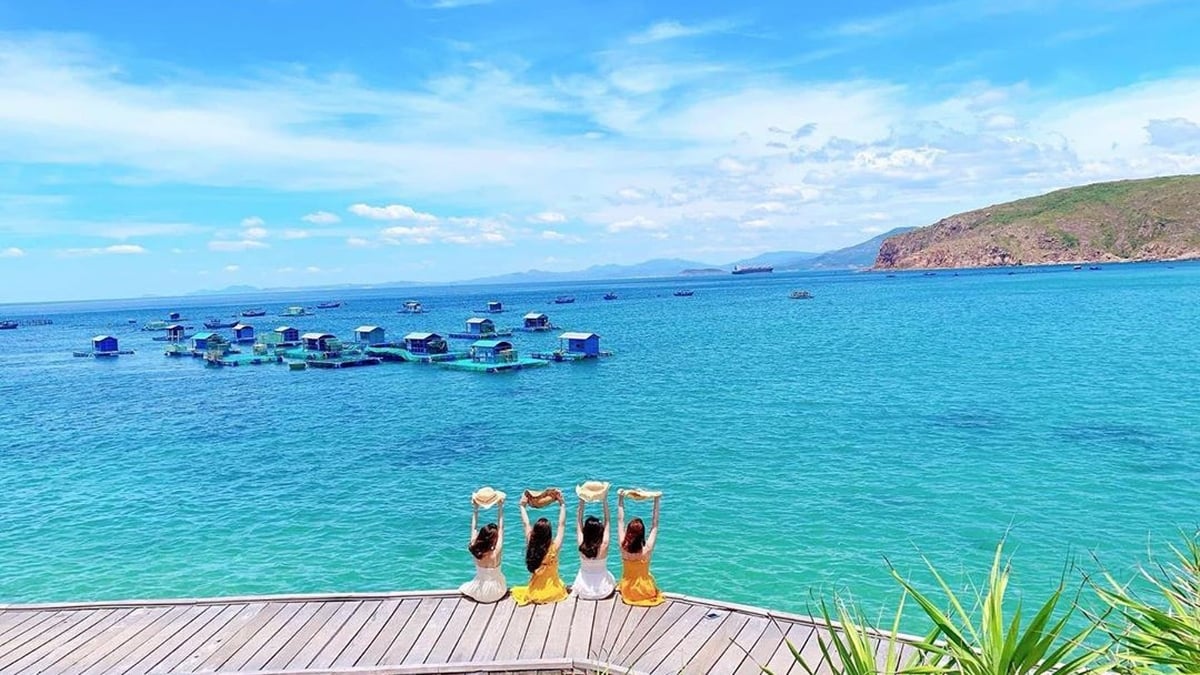


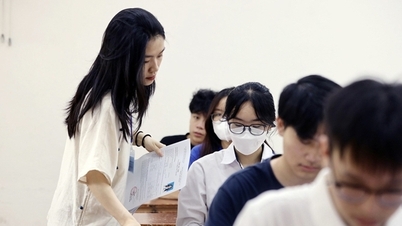















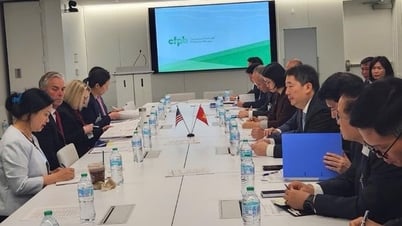



![[Photo] Vietnamese shipbuilding with the aspiration to reach out to the ocean](https://vphoto.vietnam.vn/thumb/1200x675/vietnam/resource/IMAGE/2025/5/20/24ecf0ba837b4c2a8b73853b45e40aa7)



























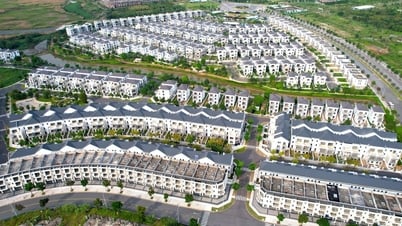


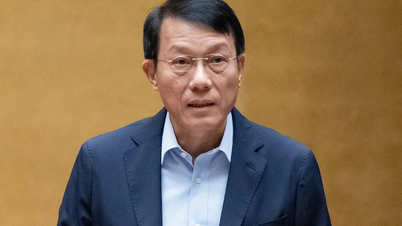

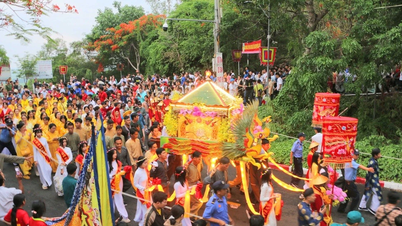


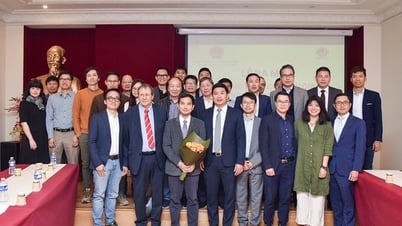
















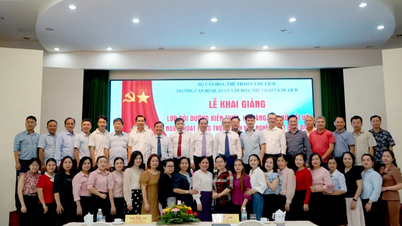










![[VIDEO] - Enhancing the value of Quang Nam OCOP products through trade connections](https://vphoto.vietnam.vn/thumb/402x226/vietnam/resource/IMAGE/2025/5/17/5be5b5fff1f14914986fad159097a677)
Comment (0)